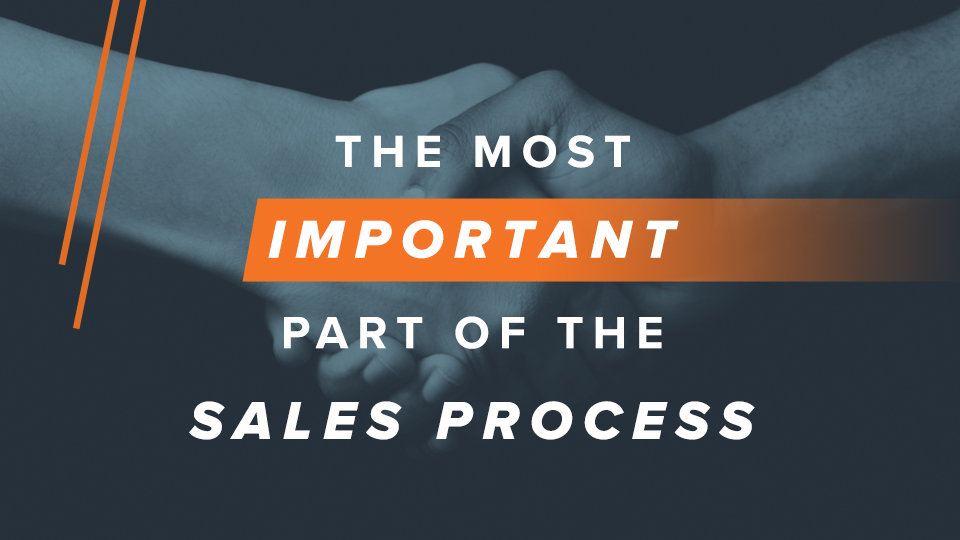The Most Important Part of the Sales Process
By Angelina Burkholder
No matter what industry you work in or what your business or nonprofit is centered around—it’s highly probable that you use some kind of sales process somewhere along the way of attracting and retaining your audience.
Either you’re trying to make a literal sale of products or services or you’re soliciting donations, gifts or attention from people. Although the thing you are trying to secure might be different, it’s all still a part of sales. And within all of that, we think there is one thing that’s more important to keep in mind than anything else.
Listen more than you talk.
Yes, it’s true. Listening and listening well is all it takes to land the sale, secure the donation, get the signed proposal or retain their attention. Here’s why: People want to be heard, they want their frustrations and needs to be out on the table, and they want evidence that whatever their need is, it will be met and resolved by giving you their money/business/attention.
And that’s where far too many organizations mess up; they make the process more about themselves (or their features, services, products or work) than about what the audience needs or wants. People really don’t want to know that you’re selling five different sizes of water bottles with ten different colors to choose from. It’s not your diverse collection that’ll sell them. Instead, they want to know that you understand their need for cold water vs lukewarm after they’re exhausted from hiking for two hours. You’ll only know these things about your audience if you start first by listening to them. What are their pain points? What are their needs? What have they tried before?
Listen, listen and then listen some more.
It all comes down to this: Knowledge is power. So why not get to know your customers as much as possible so that you can really know which benefits to outline to them regarding your product or service? It’s how you win and close the deal.
Showcase the benefits. Rather than focusing on detailing your features, show people what the benefits are. Revisiting the water bottle scenario… People really don’t care that you have five different sizes of water bottles in ten different colors. They care that their water will stay cold for up to 24 hours—a benefit that meets an existing need of theirs or an existing pain point. By focusing on the need that your product meets, you show your customers that you’re really listening to them and understand what they need. For another example, let’s pretend you’re a nonprofit that’s building wells in Africa. People don’t really care that you’re using state of the art equipment or that you have revolutionary technology that’ll provide water for years and years to come. Those are all nice little details to know along the process, but people care more that thirsty people will get water. They care more about the fact that the water will be clean.
Instead of outlining the “how” or “what” focus on the “why”—the outcome, the benefit.
And you can’t do any of that if you don’t first listen to your people. Listen to their needs, their pain points, their aspirations, and their wants.














